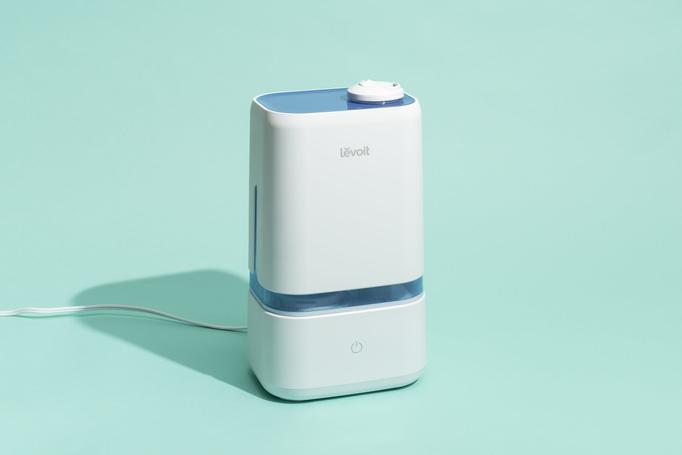Performance Evaluation of Portable Mist Humidifier
The process by which the moisture or water vapour or humidity is added to the air without changing its dry bulb temperature is called a humidification process. This process is not possible actually since the humidification is always accompanied by cooling or heating of the air. A humidifier is an electrical appliance device that increases humidity (moisture) in a single room or an entire building. In-home
applications, humidifiers are commonly used to humidify a single room. For entire house or industrial applications, the capacity of the humidifier to be increased and provides humidification effect for the entire house. “Portable humidifier” is smaller in size and capacity which could be employed for small rooms. In this humidifier, water is supplied by manually in the tank on a periodic basis. Using appropriate mechanism water diffused into the air and space will be cooled. The various studies indicate that the comfortable value Relative Humidity (RH) for human beings is in the range of 35 to 55%. During the summer season, the atmospheric air is in dry condition and human comfort could not be maintained. Humidification of dry air is essential during the summer season. Based on the financial constrain, the portable mist humidifier unit can be used to create the required environmental condition.
Xiaong Huang et al. studied the performance characteristics like heat and mass transfer of corrugated plate spray humidification air coolers under wet working conditions. So that the humidification process can be done by a corrugated plate. Zhuangbofeng et al. studied that low level of indoor humidity, when human exposes to this will have respiratory symptoms or dryness (for skin, pharyngeal, eye etc.). It is closely related with air quality and indoor thermal comfort. This study showed that humidification improves the breathing quality of human beings.

Mostafasharqway et al. presented the cross-flow packed-bed humidifier. The experimental performance of this humidifier was studied with spraying hot water in a cross-flow arrangement over packing material where air flows through it. So that humidifier was made by simple water flow set up. J. Moureh et al. studied the performance of Refrigerated Display Cabinets (RDCs) and the use of mist flow. To improve the performance, fine water droplets were injected into the air curtain. So that the spraying of water droplets into the atmosphere would increase the humidity level.
Stuart Gaffeny et al. stated that humidification was concerned with the addition of water vapour to a gas. It can be measured as either relative or absolute. This study showed that higher relative humidity could be delivered by active humidification devices (including hot water baths). But were associated with potential hazards and higher cost. Pedro MagalhãesSobrinho et al. discussed about the factors that were directly connects with the energy consumption of a small air conditioning system. This study had been showed that the amount of energy needed for the humidifier.
In most of the literature, the cooling effect was done by refrigerants like HCFC and CFC which are having high ODP and GWP values, which results in Global warming. Low level of indoor humidity exposure may cause respiratory problems, so the usage of humidifier helps to increase the humidity level. A humidifier increases the air-side heat transfer coefficient. In a cross-flow arrangement, water is sprayed on the packing materials where the air flows.
